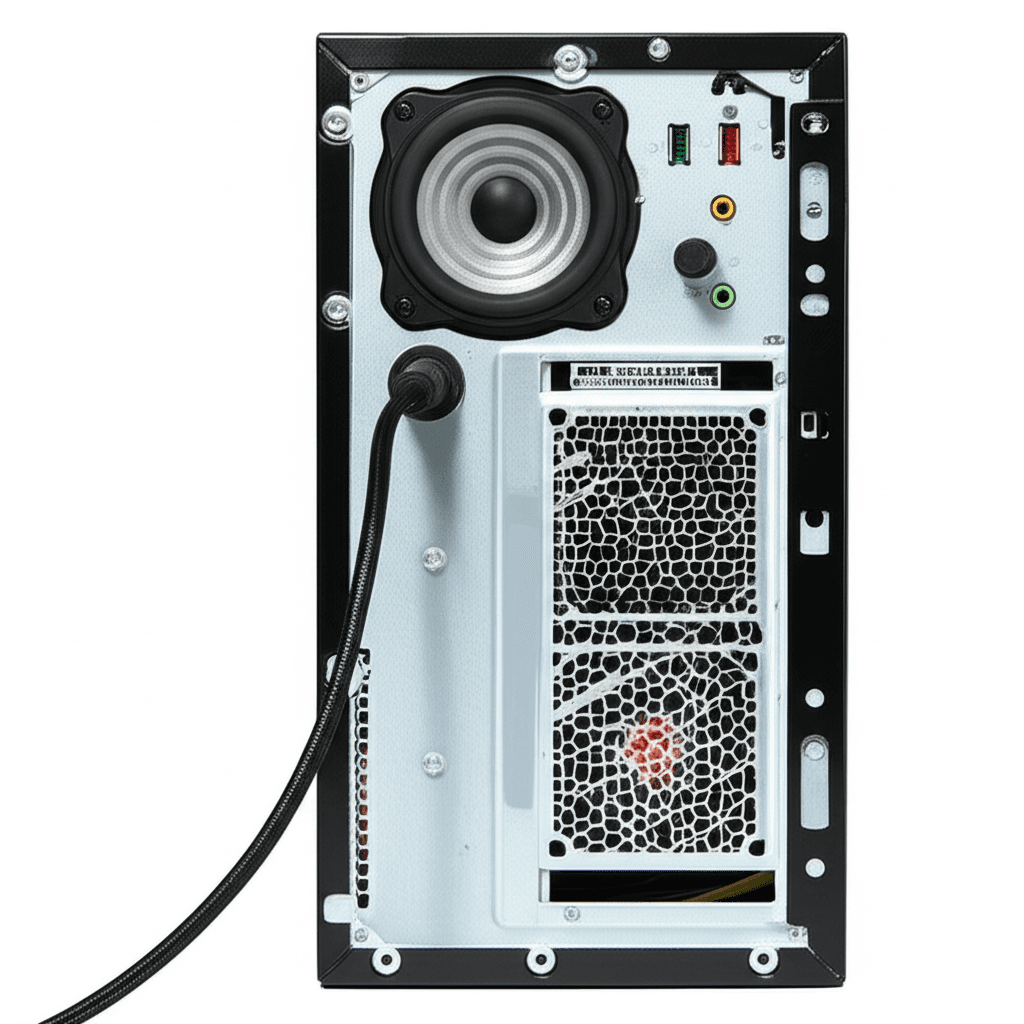Experiencing no sound since installing or updating your NVIDIA drivers can be frustrating. This issue is common on systems equipped with NVIDIA GPUs, though it may occasionally affect users with other graphics cards as well. Losing audio functionality after a driver update often stems from conflicts with the new driver or changes in how it interacts with your system’s audio components. If you’ve encountered a silent system after refreshing your NVIDIA drivers, revisiting your audio settings or rolling back to a previous version can often resolve the problem.
To properly address the ‘no sound after NVIDIA drivers update’ issue, it’s important to understand the underlying causes. NVIDIA drivers are responsible for managing your graphics card’s performance across applications like gaming or creative work, but occasionally, they can interfere with integrated audio pathways. This might happen due to bugs introduced in the latest driver release, conflicts with audio code libraries, or incomplete detection of your sound hardware. In rare cases, power management settings in Windows or third-party audio software could also play a role.
Let’s explore the steps you can take to restore your sound quickly. First, check your audio output settings through the Windows Sound control panel. Ensure that your speakers or headphones are correctly selected as the default playback device and that their volume isn’t muted or turned down. Outdated or corrupted audio drivers from your motherboard or sound card manufacturer could also be the culprit. Visit your motherboard’s or audio hardware’s official support page to download and install the latest audio drivers.
Next, try rolling back the NVIDIA driver to a previous version. Right-click the Start button, navigate to Device Manager, expand the ‘Display adapters’ section, right-click your NVIDIA graphics card, and choose ‘Properties’. Under the ‘Driver’ tab, select ‘Roll Back Driver’ if an earlier version is available. Alternatively, you can uninstall the current NVIDIA driver and use a tool like DDU (Display Driver Uninstaller) to thoroughly remove it before downloading a stable version from the NVIDIA website.
Windows built-in troubleshooter tools are another valuable resource. Go to Settings > Update & Security > Troubleshoot, and run the ‘Playing audio’ and ‘Sound’ troubleshooters. These automated scans can identify and fix common issues like incorrect audio service configurations or system file errors.
For users with Sound Blaster or high-end audio interfaces, ensure compatibility with the updated drivers. Update your audio interface’s firmware if possible, or consult its documentation for known issues with NVIDIA drivers. Disabling features like NVIDIA Optimus, which handles switching between integrated and discrete graphics, might also help, as it can sometimes disrupt audio performance.
To prevent this issue from recurring, consider creating a system restore point before installing new drivers. This allows you to revert your system to a stable state if problems arise. Additionally, keep your operating system and all drivers updated to benefit from the latest bug fixes, but be cautious with beta drivers—install them only if necessary and from official sources.
If all else fails, don’t hesitate to seek further help. The NVIDIA support forums or community discussions often provide solutions shared by other users facing similar scenarios. With these steps, you can not only resolve the current sound issue but also safeguard your audio experience during future driver updates.

Leave a Reply